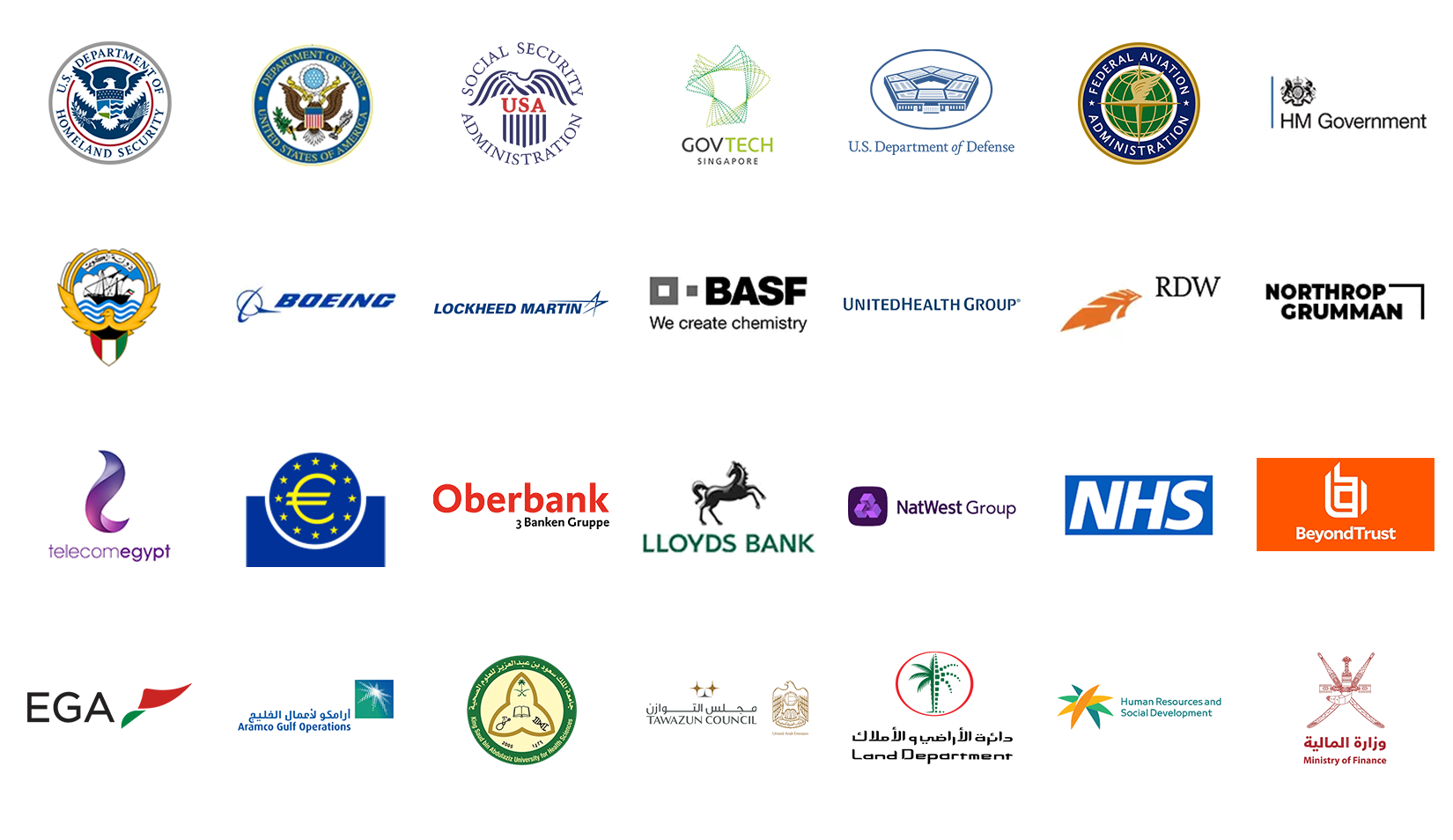
The Dangers of Password Autofill and the Risk of Stealer Logs
Password autofill has become a go-to feature for many, simplifying the process of logging into websites and apps by automatically populating your credentials. Built into modern web browsers, it offers unmatched convenience – but is it safe? In this blog we’ll explore the potential risks from malware stealer logs and share the best practices to ensure you use password autofill safely.
How password autofill works
Password autofill is a feature built into browsers that retrieves saved credentials and automatically fills them into the login fields, so you don’t have to manually type them in. When you visit a login page, the autofill tool recognises the website’s URL and matches it with the saved credentials.
Fields can include your username and password, but can also be your bank card details, and other sensitive data.
While convenient, this feature comes with security risks if unauthorised access to your device or browser occurs. Password autofill is usually unencrypted, unprotected and anybody using your computer can read the data, including a virus!
Potential risks of password autofill
- Stealer Logs: this malware gathers personal and sensitive data to send back to a server controlled by a threat actor. Stealer logs are designed to seize login credentials and other sensitive data from compromised systems.
- Phishing Attacks: malicious websites may trick autofill into providing credentials.
- Compromised Website: simply opening a page of an infected site can allow malicious software to enter your devise.
- Unauthorized Access: if a device is lost or stolen, saved credentials could be exploited without additional safeguards.
- Browser Vulnerabilities: built-in autofill tools may store data less securely than dedicated password managers.
- Over-Autofill: some systems may autofill on unintended fields, exposing sensitive data.
What are stealer logs or infostealers?
Stealer logs are small viruses that can infect your computer and take any information it can, including:
- images
- documents
- local cryptocurrency wallets
- web browser sessions and cookies
- system information – IP address
- browser autofill credentials.
These viruses will usually lie dormant and as new credentials are added, they can silently be gathered and stored by the hacker, instead of being big and loud like a lot of other viruses.
Access to this kind of data is often sold on mass by hackers, often selling tens of thousands of sensitive data on the dark web.
Why stealer logs are a threat
The kind of data a stealer log can access is particularly dangerous, as it’s the highest quality credential an attacker could obtain. Unlike other attacks, cybercriminals can tell exactly what email and what password someone uses for a website so instead of trying 20 passwords, none of which may even be correct, they only need to try 1 as autofill databases usually store the correct credentials.
It is important to note that stealer logs typically contain everything an attacker needs to authenticate as the chosen target. They will possibly have the credentials needed to access password stores and other sensitive areas and documents to allow attackers to gain further access.
Examples of common stealer malware
Common types of stealer malware include RedLine Stealer, Raccoon Stealer, and Vidar Stealer, each notorious for targeting credentials, browser-stored passwords, cryptocurrency wallets, and autofill data. These tools often exploit weaknesses in web browsers, stealing cached login details and autofill information, making them particularly dangerous to users who rely heavily on browser-stored credentials.
With the rise of stealer malware, it is critical for individuals and organisations to adopt more secure practices, like disabling password autofill and using password security managers that are better protection against these cyberthreats.
Preventing stealer log exploitation
Stealer logs cause a significant threat, as they often contain sensitive information harvested by malware. Preventing exploitation of these logs requires a proactive approach to cybersecurity. Here are key strategies to safeguard your data:
- Avoid Browser-Based Password Storage – Browser-stored passwords are a primary target for stealer malware. Instead of relying on browser autofill, use a reputable password security manager. These tools encrypt your credentials, making them far less vulnerable to malware attacks, whilst also alerting you of any new password breaches.
- Enable Multi-Factor Authentication – Even if credentials are compromised, Multi-Factor Authentication can act as an additional barrier, preventing common vulnerabilities. Prevents the additional risk of password reuse.
- Maintain Strong Security – Install and update antivirus and anti-malware solutions to detect and block stealer malware before it can extract data. Regularly scan your devices to identify potential threats.
- Be Cautious with Downloads and Links – Stealer malware often infiltrates devices through malicious email attachments, pirated software, or compromised websites. Avoid clicking on suspicious links or downloading software from untrusted sources.
- Practice Password Hygiene – Use unique credentials for each account, and ensure they are complex by adopting a 4-word phrase, the longer the better (minimum 12 characters). If a breach occurs, change your passwords immediately to mitigate any potential damage.
- Monitor for Data Breaches – Use tools or services that notify you if your credentials appear in stealer logs or data breach databases. Acting quickly to secure compromised accounts can prevent further exploitation.
By implementing these measures, individuals and organisations can reduce the risk of stolen credentials and better protect sensitive information from falling into the wrong hands.
Conclusion
Password autofill may offer convenience, but it also comes with significant risks, especially in the context of stealer log malware. As cybercriminals grow more sophisticated, the sensitive data stored in browsers—like passwords, autofill details, and cookies, becomes a prime target. Once harvested, this information is sold, leading to account takeovers, identity theft, and further attacks.
The dangers highlighted in this blog serve as a reminder that convenience should never come at the expense of security. By disabling password autofill, adopting password security managers, enabling multi-factor authentication, and staying vigilant against potential cyber threats, individuals can significantly reduce their risk.
Prioritising robust cybersecurity practices will always outweigh the convenience of autofill when it comes to protecting your sensitive information.
Trusted by Governments and Enterprises Worldwide
Where protecting systems and information really matters, you
will find Intercede. Whether its citizen
data, aerospace and defence systems, high-value financial transactions,
intellectual property or air traffic control, we are proud that many leading
organisations around the world choose Intercede solutions to protect themselves
against data breach, comply with regulations and ensure business continuity.

